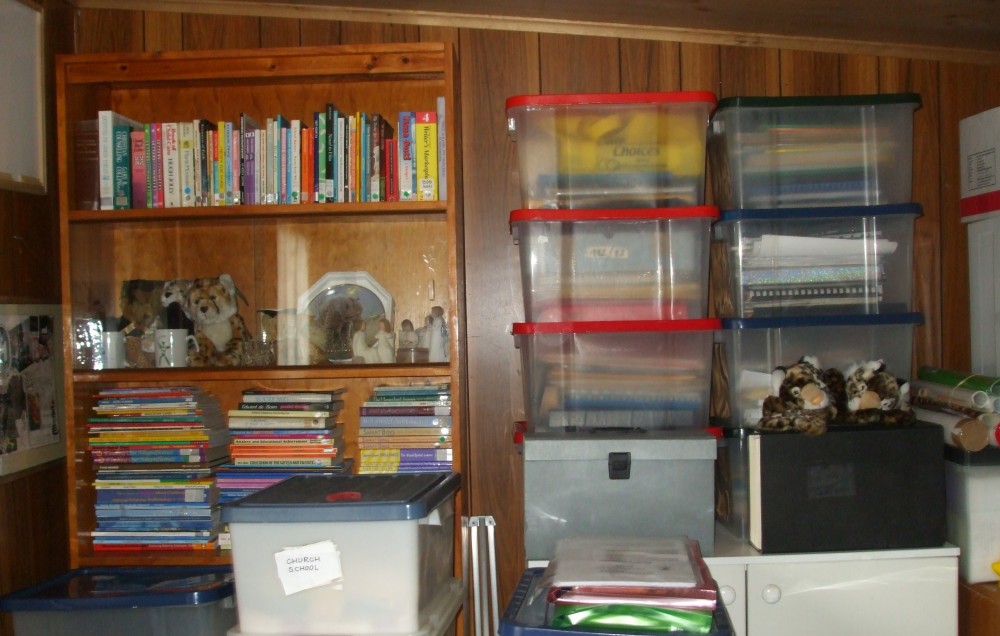Last week on the Fine Focus webinar we discussed infographic creation tools
An initial poll revealed that as a group our usage was low with no-one using them more than rarely.
When we explore tools during the webinars we have only a limited time to try the tools so it provides a good test for usefulness in a teaching situation. Anything that takes a long time to join and/or to pick up the basic use is not really practical for use with students. This is because if it takes too long for students to learn then learning the tech can become more significant in the “lesson” than the learning objectives.We had four tools to explore – everyone chose a tool and went away to spend 10 minutes exploring. We then shared our opinions and ideas.
Because we generally felt we needed a bit more time this week we gave ourselves some homework – to make an infographic to share at the start of the upcoming Serendipity session.
Gail Poulin had mentioned that she would like to use the infographic creator to make a wall chart which recorded the success rate of her U.S. kindergarten class in learning 25 high frequency words.
“There are 25 high frequency words that students must know by the end of K
I recheck frequently and I would like to share a visual tool to help them grab on to what it actually looks like when they are successful, both as individual learners and as a class.”
Some of us chose to work on Gail’s brief for our homework.
The four infographic creation tools we considered during the webinar were
Infogram http://infogr.am/
Easel.ly http://www.easel.ly/
Visual.ly http://visual.ly/
Piktochart http://piktochart.com/
During the session I looked at Infogram and that was the first tool I attempted to use to make the chart for Gail.
I found a PDF of the 25 High Frequency words at
http://www.u-46.org/dbs/roadmap/files/fluency/4hiFreq-kind.pdf
I inserted these words into a bar graph data chart in Infogram but until actual data is included the preview shows up as blank.
Also this graph would show how many of the students could spell the word correctly but would not tell which students were correct. A possible remedy for this would be to use the table graph option and plot student’s name directly against the word. The overall success of the class would be seen by how many ticks were shown.
However in the end I decided not to use Infogram but to revert to drawing up a wall chart using Paint and the maths manipulatives from Math Playground http://www.mathplayground.com/math_manipulatives.html
I assumed a class of 20 students and used the Percent Relationships program to turn the numbers into percentages and a bar graph and a pie chart.
Then I used MS Paint turn the 20 segment pie charts into flowers with a word in the centre and then made a wall frieze containing all 25 flowers. The students’ names can be written in the segments of the word flowers or each student can have their own colour to colour a segment of the flower as they master the word. Or a separate colour can be used for each flower and the number of segments shaded will show how many of the students have mastered the word without identifying which students.
Here are the three panels which make up the wall chart
And here is what the complete chart looks like
I was very satisfied with the resulting wall chart but feeling a bit sheepish that I had not used the Infographics program to create it.
However, when we all displayed our homework I found that I was not the only one who had used a different program.
Jo Hart had made the same chart with two different programs and placed them side by side on a slide. She asked us to write under the charts which one we preferred and why we liked the one we chose. We were unanimous in our choice of the chart on the right hand side of the screen because it was brighter, clearer, easier to read and the graphics were better. Jo then disclosed that the left hand infographic was created in Easel.ly and she made the right hand one with Power Point.
This disclosure led to general agreement that often we are able to accomplish better results using older, simpler but more familiar tools than we can with some of the newly released ones.
POST SCRIPT
I have just found out that Gail is using Fountas and Pinnell Reading High-Frequency Words: 25 Words list which I found at http://www.monroe.k12.mi.us/files/5759/F%26P%2025%20high%20frequency%20words.pdf
So here are the three panels and composite wall frieze for the Fountas and Pinnell list Note these flowers have different coloured centres so that that can be distinguished from the previous set.































